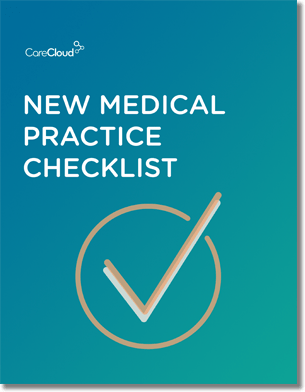If you haven’t started the switch to electronic health records (EHR), you need to make a long-term plan to make Meaningful Use attestation as painless as possible.
The government is leading the charge with the Office of the National Coordinator for Health IT (ONC) publishing its “Federal Health IT Strategic Plan 2011-2015,” which outlines five goals for health IT over the next five years.
The ONC recognizes the power of healthcare IT to deliver better patient outcomes at a lower cost, but insists the changing landscape of health care — and the exponential evolution of technology — make it difficult to finalize a complete plan.
“This by no means marks the end of our strategic planning. The plan is meant to be a living document that will be updated based on experience with Stage 1 of the meaningful use EHR incentive programs and the results of our evaluation program,” stated a release from Jodi G. Daniel, JD, MPH, director of the office of policy and planning at ONC.
While the ONC plan will be implemented on a national scale, it provides solid guidance for practices that may not have long-term health IT plan in place yet.
The basics of the plan are simple and can be universally applied at every level: implement better technology, access better information and transform the way health care is delivered.
According to the 2011 HealthLeaders Media Industry Survey, 67 percent of physicians surveyed believe EHR adoption will have a positive impact on their organization. Doctors recognize the value, so now it’s time to make it happen.
5 Goals for Health IT
The goals of the ONC’s Federal Health IT Strategic Plan are below. See how they compare to your practice’s own IT strategy or use them to help you put together an action plan of your own.
Achieve adoption and information exchange through Meaningful Use of Health IT – The first two stages of Meaningful Use seek to connect providers, improve the exchange of information and build the foundation for future goals through better technology.
Improve care, improve population health and reduce healthcare costs through the use of health IT – The utilization of new technologies, adoption of EHRs, and information exchanges will contribute to the realization of the Affordable Care Act goals.
Inspire confidence and trust in health IT – Focus efforts on updating and improving privacy and security standards related to healthcare IT.
Empower individuals with health IT to improve their health and the healthcare system – Create better communication between individuals and providers that delivers increased access to personal health information for more connected and engaged health care.
Achieve rapid learning and technological advancement – Incorporate ways to enable innovation, utilize analytics, and leverage healthcare data to improve health across populations.
This plan starts with upgrading technology, which is a great first step for practices still relying on manual and paper-based processes and builds a foundation for delivering better health care.
Throughout the process, providers seeking Meaningful Use attestation should stay up to date on changes in federal requirements and look to the government to keep them updated on new policies.
“We will continue to track national progress toward achieving the goals laid out in this plan, particularly the high-priority goal for providers to adopt and become meaningful users of certified EHR technology,” according to Daniel.
How does your practice’s healthcare IT plan to stack up? Please share below.

Do you know what you need when setting up a new medical practice?



